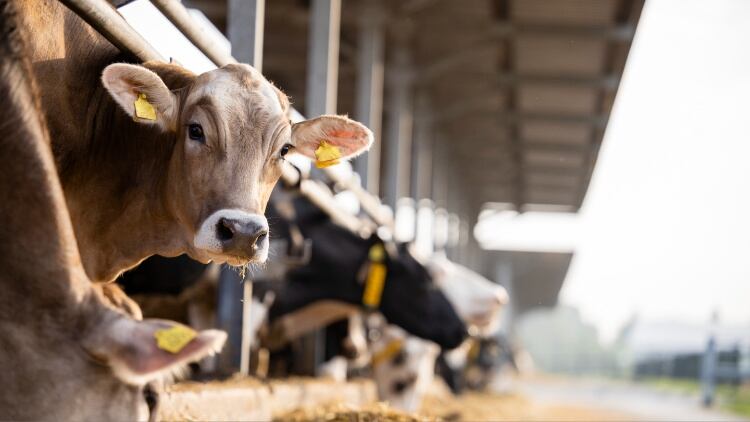A new study from The George Institute for Global Health and Imperial College London claimed greenhouse gas emissions from household groceries could be reduced by more than a quarter (26%) if consumers swapped their purchases for more ‘environmentally friendly’ alternatives.
However, this could only be achievable if packaging displayed the amount of greenhouse gas emissions gas emissions generated in the product’s creation. Making bigger changes, such as swapping a frozen meat lasagne for the vegetarian option, could push the reduction to as much as 71%.
Lead author and epidemiologist Allison Gaines said, “Food and beverage consumption patterns need to change significantly if we are to meet global emissions targets.
“But while consumers are increasingly aware of the environmental impact of the food system and willing to make more sustainable food choices, they have lacked reliable information to identify the more environmentally friendly options.”
Data gathering
Researchers calculated the projected emissions of annual grocery purchases from 7,000 Australian households using information on ingredients, weights and production life cycles in The George Institute’s FoodSwitch database and global environmental impact datasets.
More than 22,000 products were assigned to major, minor, and sub-categories to quantify emissions saved by switching both within and between these groups.
Meat products were found to have contributed to almost half of all greenhouse gas emissions (49%), but only 11% of total purchases. Conversely, fruit, vegetables, nuts and legumes represented one quarter (25%) of all purchases, but were responsible for just 5% of emissions.
In total, just over 31 million tonnes of food-related greenhouse gas emissions were attributable to products consumed in Australian homes in 2019 – equivalent to emissions from more than six million cars driving for an average of 22,500km per year.
“The results of our study show the potential to significantly reduce our environmental impact by switching like-for-like products,” Gaines added. “This is something consumers could, and would probably like, to do if we put emissions information onto product labels.
Nutritious and environmentally friendly
“We showed that you can switch to lower emissions products while still enjoying nutritious foods. In fact, we found it would lead to a slight reduction in the proportion of ultra-processed foods purchased, which is a positive outcome because they’re generally less healthy.”
A 2023 report ‘the Lancet Countdown on health and climate change: the imperative for a health-centred response in a world facing irreversible harms’ estimated around one-third of global greenhouse gas emissions are attributable to the food and agriculture sector.
The combined health and environmental costs of the global food system were estimated to be $10-14 trillion USD per year. More than 12 million deaths per year could be prevented if the system transitioned to deliver healthy, low-emission diets.
“There is currently no standardised framework for regulating the climate or planetary health parameters of our food supply, but by using studies like this, we can develop innovative ways to help consumers make informed choices and create a movement for positive change,” Gaines concluded.





